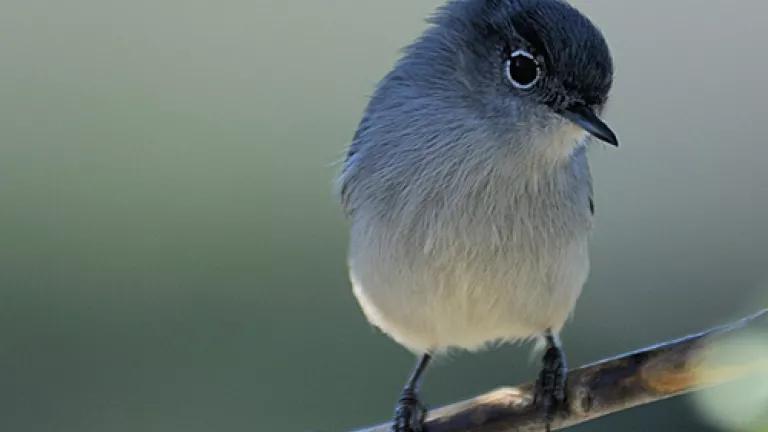The California Gnatcatcher, Big Polluters, and Undisclosed Scientific Funding -- It's Not Just Climate Skeptics

Transparency and conflicts of interest in science have been in the papers a lot this week, after a lengthy New York Times article revealed that one of the nation's leading climate skeptics accepted more than a million dollars in funding from the fossil fuel industry -- allegedly without fully disclosing these funds in the Journals that published his work. The report has caused quite a fuss, and rightly so. Knowing who pays for scientific studies is important for understanding why those studies are being published, who is helping to select the hypotheses that get tested, and can alert readers to hidden biases. It's the kind of basic disclosure that's demanded in many professions, and should be particularly required of scientists, who many consider to be objective sources of information.
Climate science is far from the only environmental issue where this lack of full disclosure is a problem. For a great - and recent - example, take the coastal California gnatcatcher, a threatened subspecies of the California gnatcatcher found in Baja.
The coastal California gnatcatcher is a small dusky-gray bird, whose call sounds like a kitten ... and happens to sit on top of some of the most valuable real estate in the world. And that makes it the bête noir of developers across Southern California. Home builders, toll road agencies, and even the U.S. Navy, have all fought federal protections for the gnatcatcher. As my colleague Sylvia Fallon points out, recently some of these groups filed a petition (the second in four years) claiming that the coastal California gnatcatcher isn't actually a valid subspecies at all, and therefore doesn't qualify for protection under the Endangered Species Act. The evidence used to support this petition is a study of gnatcatcher's genetic structure published in July 2013 in the Auk, a scientific journal. The study, by the way, is highly questionable. Beyond its substantive problems, the study includes this "acknowledgement" section:
We thank A. T. Peterson and D. Shepard for assistance with niche modeling, M. Westberg for performing laboratory work, and R. Thornton for securing funding. S. M. Lanyon, S. J. Weller, J. L. Atwood, K. Oberhauser, and D. Alstad commented on the manuscript. (emphasis added)
Sounds innocent enough, huh? Unless, of course, you know that "R. Thornton" is none other than Robert D. Thornton, a partner in the law firm of Nossaman LLP. Nossaman happens to represent the National Association of Home Builders, the California Building Industry Association, and the Transportation Corridors Agency, among others. Robert Thornton is, in fact, the attorney who filed the petition to delist the gnatcatcher.
Now, I've known Robert for years. He is an able lawyer and there is nothing wrong with him filing that petition, or funding a scientific study that he thinks will be useful in advocating against protecting an endangered species on behalf of his developer clients. But when the author of that paper fails to disclose that connection? That I have a problem with -- whether it is a climate skeptic or a geneticist. If you're getting your money from Big Polluters, we deserve to know.

